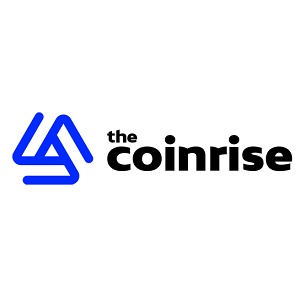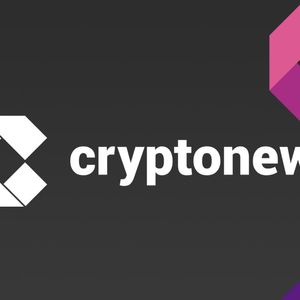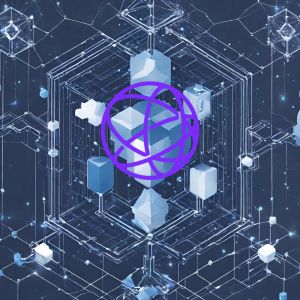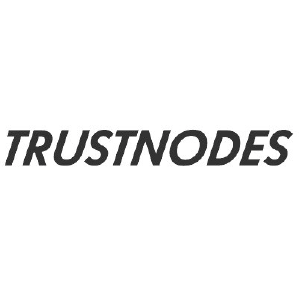Big news is buzzing in the crypto world! Tether, the company behind the world’s largest stablecoin, USDT, is making significant strides not just in stablecoins but also in the burgeoning field of Artificial Intelligence. Paolo Ardoino, Tether’s CEO, recently shared an exciting update via his X account: their AI platform, known as Tether AI , is set to integrate direct support for payments using both Bitcoin (BTC) and Tether (USDT). What is Tether AI and Why is This a Game Changer for Crypto Payments? Tether’s move into Artificial Intelligence might seem like a departure from their core stablecoin business, but it signals a strategic expansion into new technological frontiers. While specific details about the full scope of the Tether AI platform are still emerging, the announcement regarding payment integration is particularly noteworthy for anyone involved in cryptocurrencies. Integrating BTC payments and USDT payments directly into an AI platform opens up a realm of possibilities. Imagine paying for AI-driven services, accessing premium AI tools, or even executing transactions based on AI market analysis, all seamlessly within the same ecosystem using your preferred digital assets. This integration bridges the gap between advanced AI capabilities and the practical use of cryptocurrencies for transactions, potentially making AI services more accessible to the crypto-native community. The significance lies in the utility. By enabling users to make crypto payments directly on the platform, Tether is positioning Tether AI not just as an AI research or development hub, but potentially as a platform where AI outputs or services can be directly monetized or interacted with using digital currency. This could spur innovation in how AI applications are built, delivered, and paid for within the Web3 space. The Engine Room: Understanding the Wallet Development Kit (WDK) How will Tether AI facilitate these BTC payments and USDT payments ? The key lies in the underlying technology: the open-source Wallet Development Kit (WDK). Announced back in November 2024 (as per the source information, though this date might seem future-dated depending on when you read this), the WDK is designed to empower developers. Here’s what makes the Wallet Development Kit crucial: Open-Source: Being open-source means developers worldwide can access, audit, and build upon the WDK’s code. This fosters transparency, security, and collaborative innovation. Non-Custodial Focus: A major highlight is its focus on enabling developers to build non-custodial wallet apps . This is critical because it means users retain full control over their private keys and, therefore, their funds. Tether AI integrating payments via WDK suggests users interacting with the platform will likely be able to connect their own non-custodial wallets, maintaining sovereignty over their Bitcoin and USDT. Cross-Platform Support: The WDK is built to support development for mobile, desktop, and web platforms. This ensures that wallet applications built using the kit, and potentially the payment features on Tether AI, can be accessed across various devices and interfaces, enhancing user convenience. The WDK acts as the plumbing, providing the necessary tools and framework for secure, user-controlled crypto transactions. Its integration into Tether AI means the payment functionality isn’t just a bolt-on feature but is built upon a robust, developer-friendly foundation that prioritizes user ownership of assets. Benefits of Integrating BTC and USDT Crypto Payments The move to support crypto payments directly on Tether AI brings several compelling benefits: Enhanced Utility for BTC and USDT: Providing direct payment rails within a potentially powerful AI platform increases the practical use cases for both Bitcoin and USDT beyond trading or holding. Seamless User Experience: For users already holding BTC or USDT, the ability to use these assets directly on Tether AI removes friction associated with conversions or using traditional payment methods. Empowering Developers: The WDK provides developers with the tools to integrate non-custodial payment features into their own applications, potentially leading to a wave of innovative AI-powered crypto products and services. Increased Adoption Potential: By combining the cutting-edge appeal of AI with the established infrastructure of Bitcoin and USDT, Tether could attract both AI enthusiasts into the crypto space and crypto users to their AI platform. Alignment with Decentralization Principles: Leveraging a non-custodial WDK aligns with the core crypto principle of self-sovereignty, allowing users to control their funds while interacting with the AI platform. Potential Challenges and the Road Ahead While the announcement is exciting, integrating crypto payments into a new platform like Tether AI also comes with potential challenges. User adoption will depend on the utility and performance of the AI platform itself. Security, though bolstered by the non-custodial nature of WDK, still places responsibility on the user to manage their private keys securely. Regulatory clarity around the intersection of AI services and crypto payments is also an evolving landscape. Looking ahead, this integration could be just the first step. It will be interesting to see what specific AI services or features Tether AI will offer and how these payment capabilities will be utilized. Will developers leverage the WDK to build unique AI-powered dApps that accept BTC and USDT? The future holds many possibilities. A Bold Step Bridging AI and Crypto Tether’s announcement about Tether AI supporting BTC payments and USDT payments via the Wallet Development Kit is a significant development at the intersection of Artificial Intelligence and cryptocurrency. It highlights Tether’s ambition to expand its ecosystem and create practical utility for digital assets within emerging technological fields. By focusing on non-custodial solutions through the WDK, they are also reinforcing a commitment to user control over funds. This move could pave the way for more seamless and integrated experiences between advanced AI applications and the everyday use of cryptocurrencies, pushing the boundaries of what’s possible in the digital economy. To learn more about the latest crypto market trends, explore our article on key developments shaping Bitcoin price action.


















